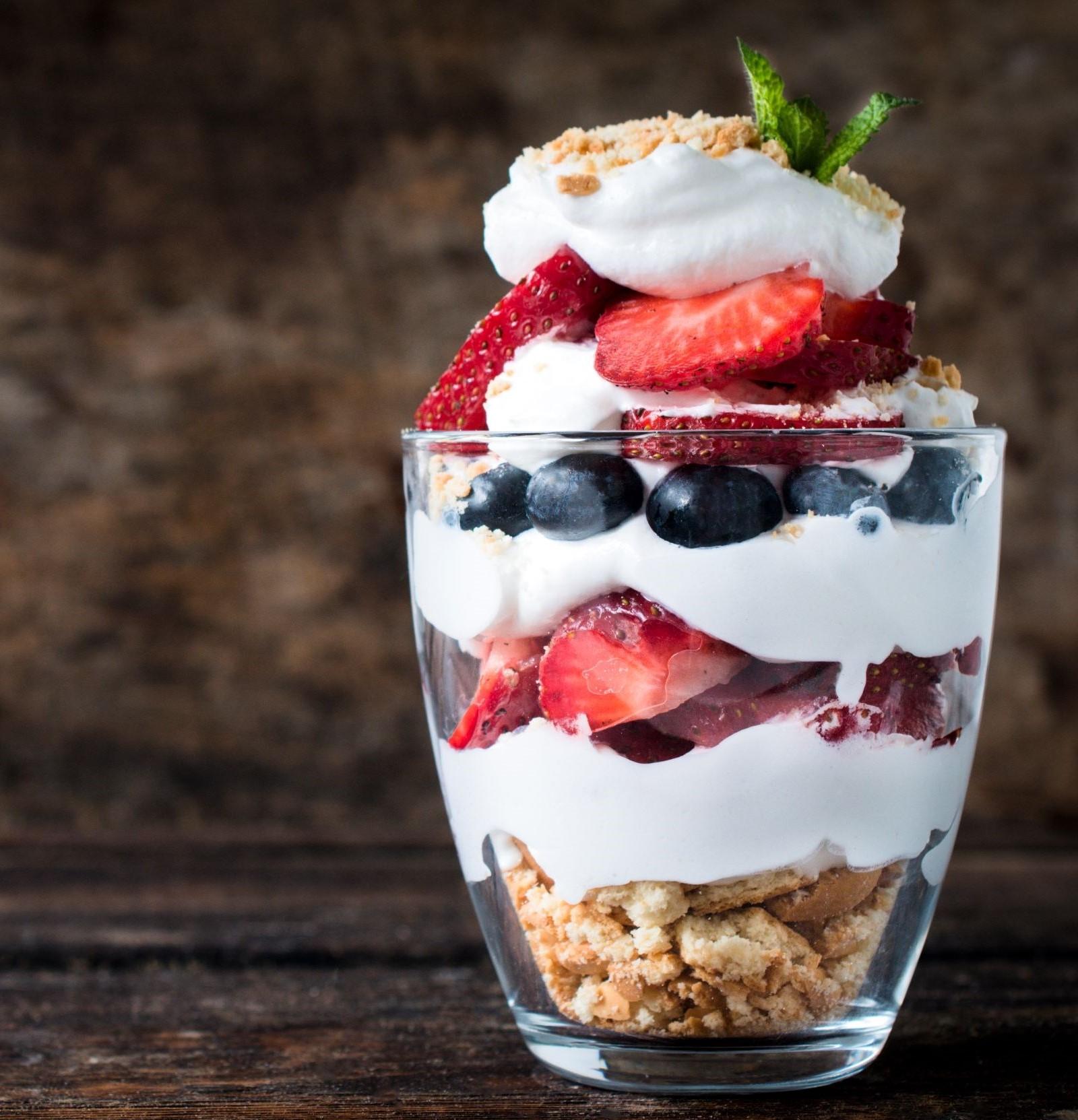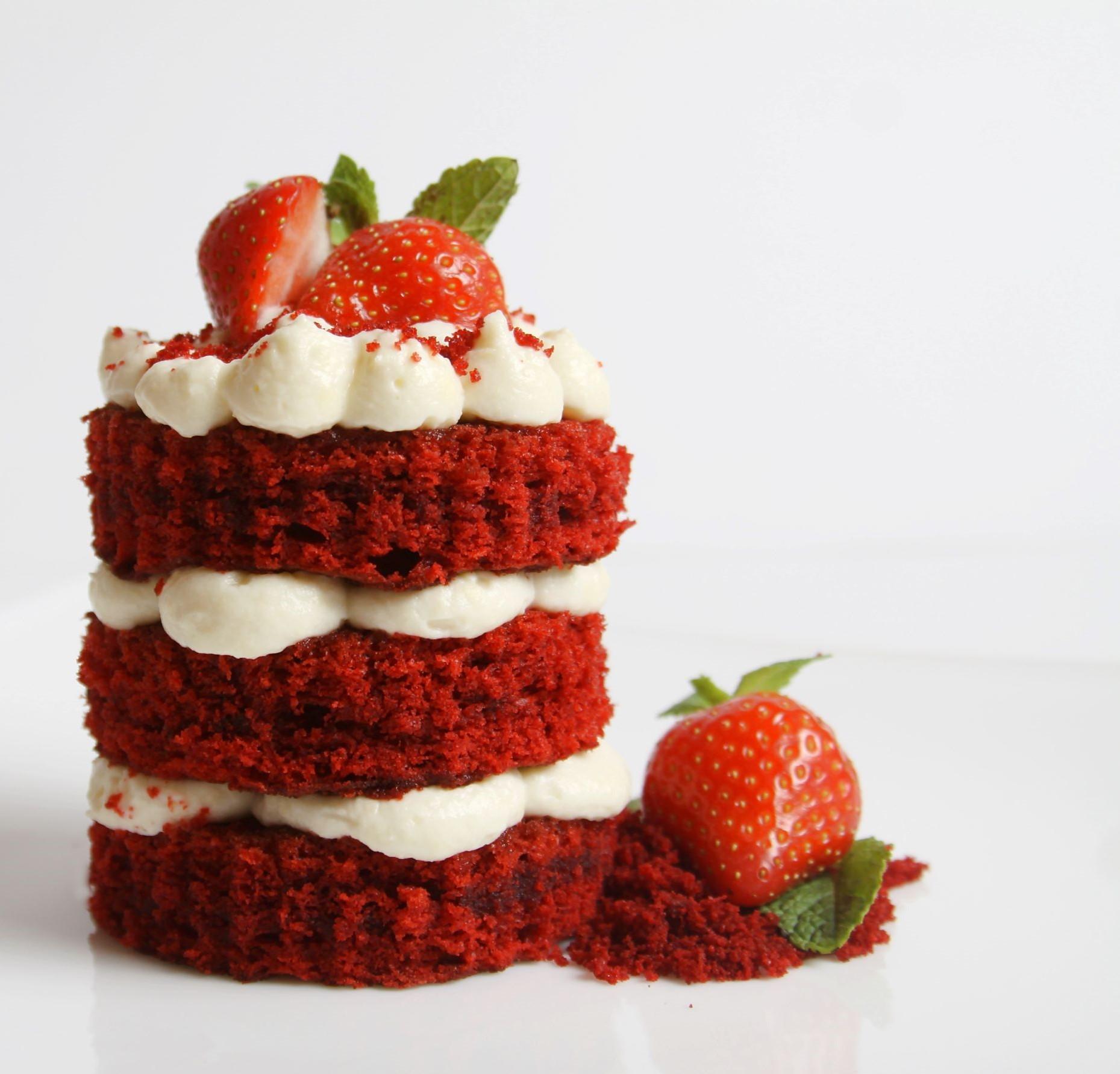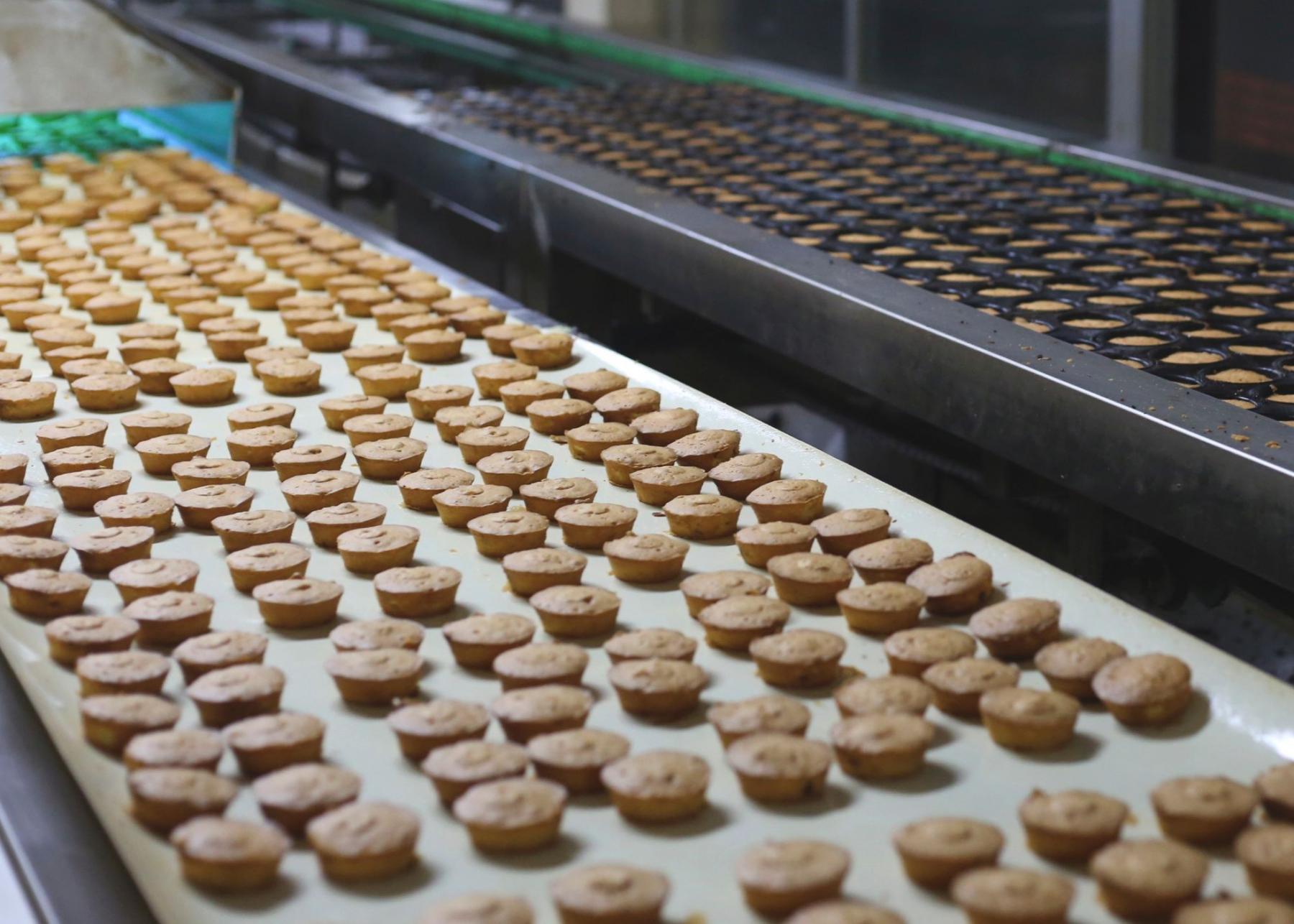Join our mouth-watering journey across the world
It’s no secret that good bread makes the world go round. According to history, the earliest bread was made in or around 8000 BC in the Middle East, specifically Egypt. Over centuries, information about bread-baking spread far and wide allowing different people from different parts of the world to develop their own breads, suited to their localized flavours.
Join us on our journey across the globe to find eight of the most famous and interesting breads!
1. Mandarin Rolls, China
Mandarin roll is a steamed bun in China made of wheat flour, sugar, water, soybean oil, milk powder, yeast, and salt. It is such an important part of Chinese cuisine that it is likened to white bread in western cuisine. What makes these rolls unique is their unusual shape, reminiscent of flower blossoms, which is the reason for their alternative name - flower rolls.[1]
|
4.jpg)
|
2. Khachapuri, Georgia
Khachapuri is a traditional Georgian delight of cheese-filled bread. The bread is leavened and allowed to rise. It is usually in the shape of a boat but can be done in many other ways - with cheese in the middle and a crust which is ripped off and used to dip in the cheese. The filling contains cheese, eggs, and other ingredients.[2]
3. Parathas, India
The famous flaky flatbread in this whole-wheat Indian treat. It can be made either plain or with sweet and savoury fillings depending on the occasion. The dough is laminated by folding and rolling the dough over thinly spread fat, employing a technique similar to that used for croissants or puff pastry.[3]
|
4. Focaccia, Italy
Focaccia is rustic, all-purpose yeast-bread from Italy; it can be used as sandwich bread or served on the side. It has a crisp outside and is soft and fluffy on the inside - it's often heavily herbed and its texture can absorb copious amount of olive oil, making it perfect to serve for a hearty meal!
5. Tortilla, Mexico
Part of the Mexican culture for thousands of years, the first tortilla was created out of the staple ingredient of indigenous cultures, the ubiquitous corn. Corn kernels would be saved and processed later to create masa, which was then formed into balls and hand-pressed to make the thin tortillas.
|
6. Khobz, Morocco
Serving as one of the homiest breads, you might find this easy-to-make flatbread with almost every Moroccan dish. The basic khobz uses nothing but flour, yeast, salt, and water, as well as the occasional sesame seeds for flavor. Their texture is beautifully light and fluffy, perfect to absorb sauces while eating.[4]
7. Pandesal, Philippines
A breakfast stable at any Filipino household is the pandesal. The name literally means "bread of salt" which refers to the point of salt used on the dough, made with few simple ingredients such as flour, water, sugar and yeast. Bakeries all around the country use this as their cash cow.[5]
|
7.jpg)
|
8. Korovai, Russia
Korovai is a traditional Russian wedding bread that is also popular in countries such as Poland, Bulgaria, Romania, and Ukraine. Instead of a cake at weddings, Ukrainians bake this massive, lavishly decorated bread that is often made by seven married women from seven different places. The married couple cut into this bread once they have been married and distribute it to their guests at the wedding instead of the celebratory cake!
Intrigued? We are too! If you want to try making different kinds of breads for different occasions, you need the perfect bread mixes. They make working at your bakery cost-effective, consistent in terms of quality and save time. Why not take a look at these mixes to give your customers the best experience?
https://redhousespice.com/scallion-flower-rolls/
https://en.wikipedia.org/wiki/Khachapuri
https://edition.cnn.com/travel/article/world-50-best-breads/index.htmlhttps://edition.cnn.com/travel/article/world-50-best-breads/index.html
http://www.kouskousrestaurant.com/news/different-types-of-moroccan-breads
https://www.angsarap.net/2019/06/11/top-17-panaderia-favourites-filipino-breads-and-pastries/
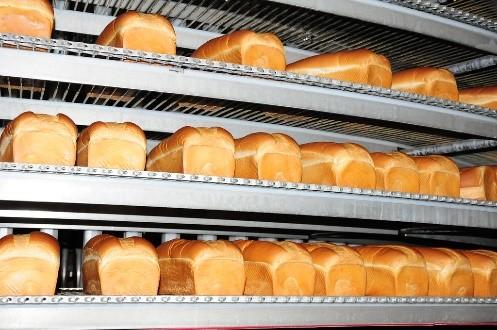

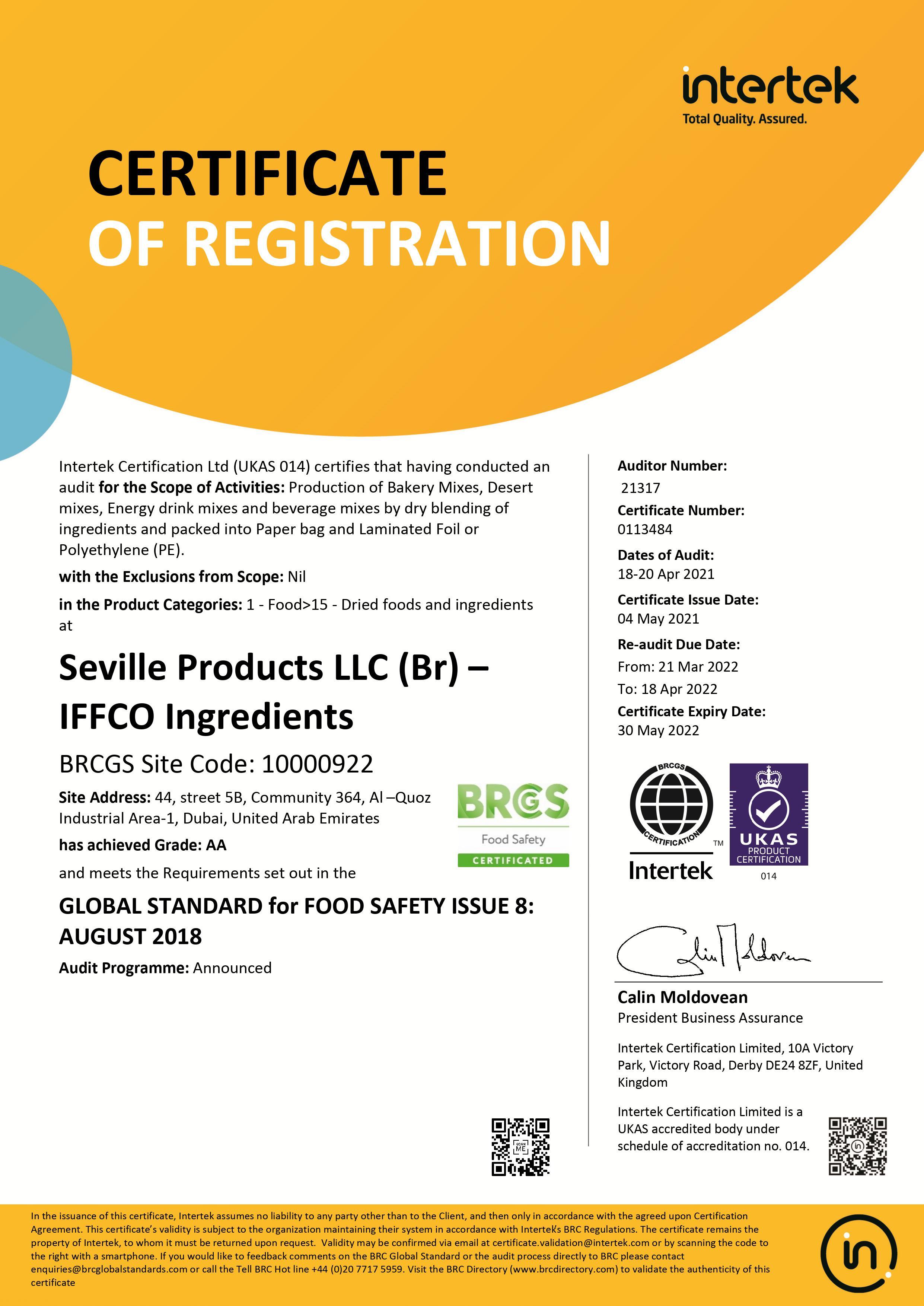
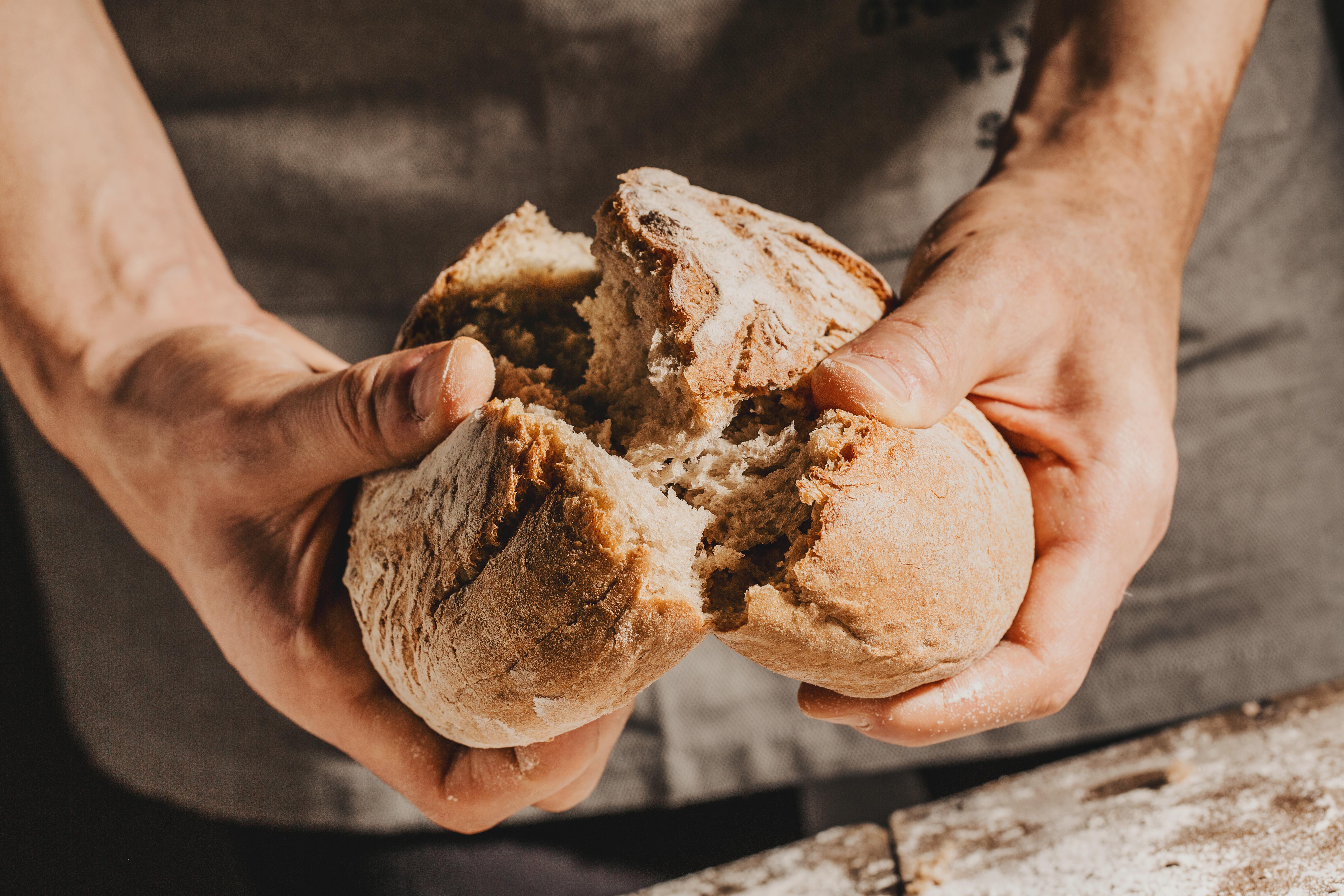
4.jpg)
7.jpg)



